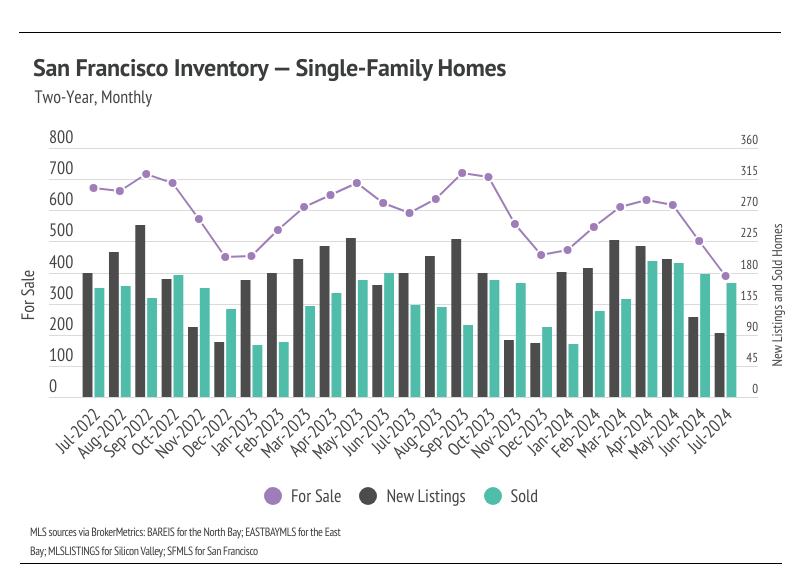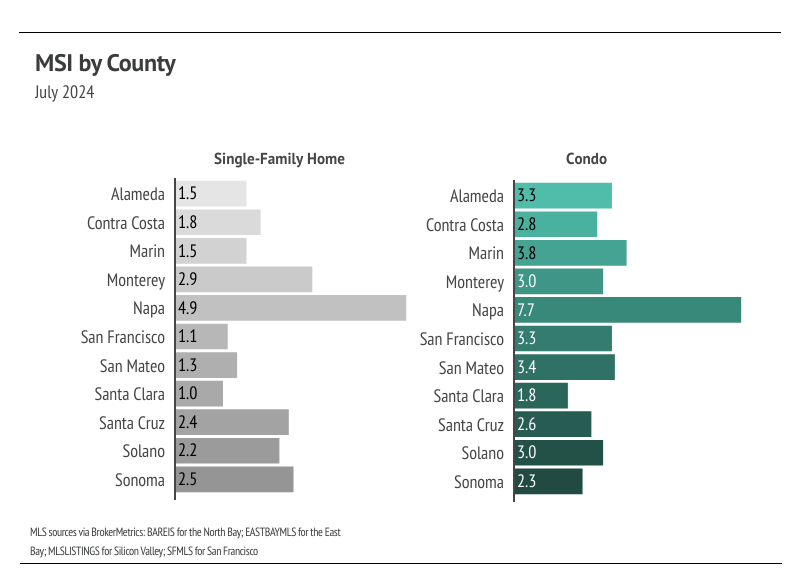August 2024 Bay Area Market Update - Local Lowdown















Stay up to date on the latest real estate trends.






You’ve got questions and we can’t wait to answer them.